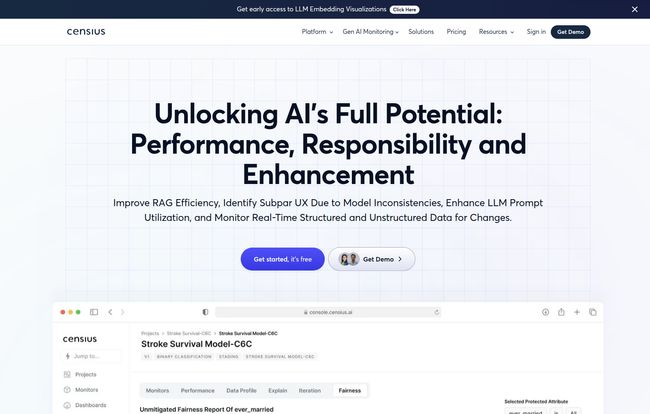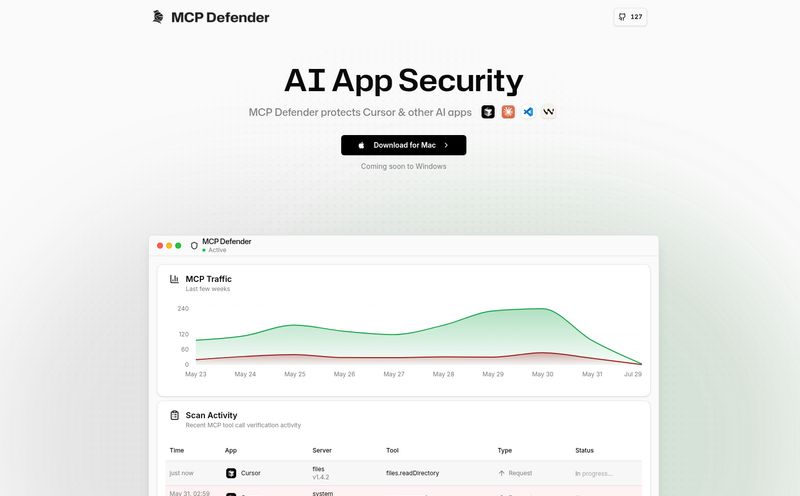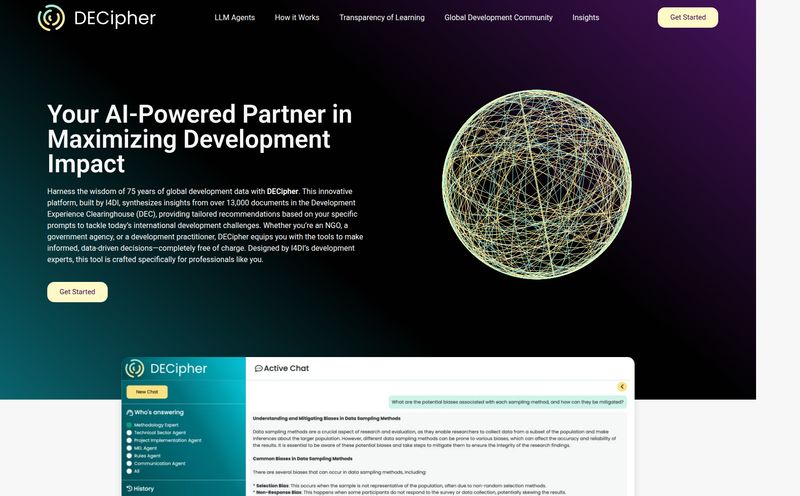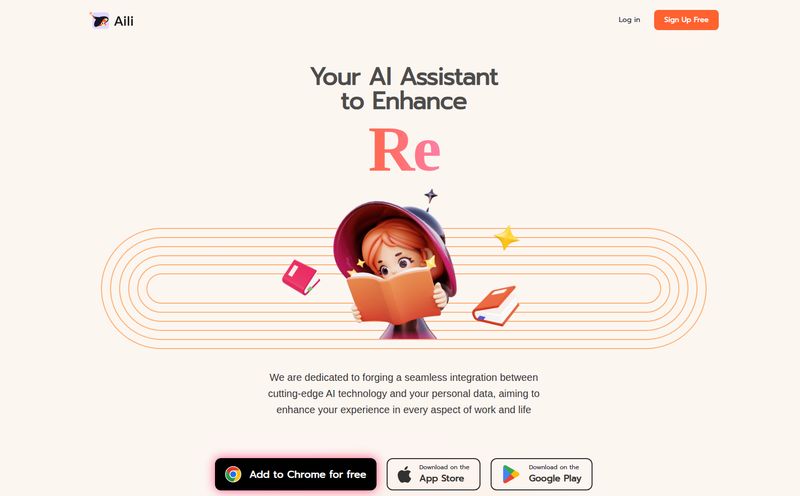I’ve been in the digital trenches for years. I’ve seen it all. I’ve watched CPC campaigns go from profitable to a money-shredder overnight because of a tiny, unnoticed algorithm shift. I’ve seen SEO traffic flatline because a Google update didn’t play nice with a site’s architecture. It’s the kind of thing that gives you a nervous twitch whenever you open your analytics dashboard.
But nothing quite prepared me for the world of production ML. The first time a machine learning model I was involved with started making... weird decisions in the wild? That was a whole new level of panic. It’s one thing when you’re in a Jupyter notebook, everything is clean, your data is perfect, and the model is your perfect little soldier. It’s another thing entirely when it’s released into the messy, chaotic real world. It’s like sending your kid to college. You hope you’ve taught it well, but you have no real idea what it's doing at 2 AM on a Tuesday.
This is the silent nightmare for so many data science and MLOps teams. Your model, your brilliant creation, is now a black box making decisions that impact real customers and real revenue. And when it goes wrong, good luck figuring out why. That’s why the concept of “AI Observability” has been getting so much buzz. We need more than just monitoring; we need to understand. Which brings me to a tool I’ve been digging into lately: Censius.
So What is Censius, Really?
Okay, cutting through the marketing jargon. Censius is an AI Observability Platform. Think of it as a super-smart, 24/7 babysitter for your machine learning models once they’re live. Its whole job is to keep a close eye on everything—from the quality of the data going in to the sanity of the predictions coming out. It’s designed to catch those dreaded issues like model drift (when your model slowly becomes obsolete), skew, and data integrity problems before they blow up in your face.
It’s not just about red-flagging errors. It's about providing a single pane of glass where your entire team—from the hardcore ML engineers to the business stakeholders—can see what's going on. It brings transparency to that black box.

Visit Censius AI Observability Platform
My Favorite Features (And Why They Actually Matter)
A feature list is just a list. What I care about is how it solves the problems that keep me up at night. A few things in Censius really stood out to me.
Unpacking the Black Box with Explainability (XAI)
This is the big one for me. For ages, the answer to “Why did the AI do that?” was a shrug. Censius brings both global and local explainability to the table. This means you can see not just the most important factors for the model overall, but you can also drill down into a single, specific prediction and see exactly why it made that call. This is huge. It’s the difference between telling a customer “the computer said no” and being able to say “the computer said no because of factors X, Y and Z.” It builds trust, helps with debugging, and is honestly critical for any kind of responsible AI.
Proactive Monitoring That Isn’t Just Noise
I’m so tired of alert systems that just scream at you all day. What Censius does well is automate the monitoring for the silent killers of ML models: data drift, concept drift, and data quality issues. It learns what your “normal” looks like and then intelligently flags when things are starting to go sideways. You get real-time alerts on Slack or whatever channel you prefer, so you can investigate before it affects your performance metrics. This proactive stance is what separates a mature MLOps practice from a firefighting crew.
Generative AI Monitoring: Skating to Where the Puck is Going
Let's be real, everyone and their dog is experimenting with LLMs and Generative AI right now. And monitoring them is a whole new ballgame. I was pleased to see Censius is already building out features specifically for this, like monitoring prompt utilization and tracking unstructured data for changes. Some of it is still marked as “Coming Soon,” which is a slight bummer, but it tells me they’re not just focused on yesterday’s problems. They're building for the future of AI, which is a very good sign.
Who is This Actually For?
I see a few groups getting a ton of value here:
- Machine Learning Engineers: These are the folks in the trenches. They get the automated root cause analysis and the proactive alerts that let them fix things before their pager goes off at 3 AM. It simplifies their life.
- Data Scientists: They built the model, and they care deeply about its performance. The explainability features and performance dashboards let them see how their creation is truly behaving, allowing them to iterate and improve.
- Product and Business Stakeholders: These people don’t care about gradient descent, they care about results and risk. Customizable dashboards that track business KPIs and model fairness give them the high-level view they need to trust the AI and make informed decisions.
Let’s Talk Money: The Censius Pricing Model
Pricing is always the awkward conversation, isn't it? Censius uses a pay-as-you-use model, which I have a love-hate relationship with. It’s fantastic for getting started.
| Plan | Best For | Key Features | Price |
|---|---|---|---|
| Starter | Individuals and small teams | 500k predictions/month, 1 dashboard, 3-month data retention | $0, plus a 14-day trial |
| Pro | Growing teams | 5M predictions/month, 5 dashboards, 12-month retention | Request a Demo |
| Enterprise | Large orgs with compliance needs | 10M+ predictions, unlimited dashboards, dedicated support, on-prem option | Custom Pricing |
The Starter plan is genuinely free for a decent usage tier, which is awesome. It lets you kick the tires properly. The pay-as-you-go part means you don't have to commit to a massive, scary contract upfront. However, the flip side is that you need to keep a close eye on your usage. If your models are high-volume, the costs can creep up. It's the same story with cloud services and API-driven tools everywhere, just something to be aware of.
The Good, The Bad, and The 'Coming Soon'
No tool is perfect. In my opinion, Censius gets a lot right. The end-to-end visibility is fantastic, the proactive alerts are a lifesaver, and the focus on explainability is exactly what the industry needs. The user interface shown in the demos looks clean, and having a centralized hub for all your models is a massive organizational win.
On the flip side, the reliance on a usage-based pricing model can be a double-edged sword for companies at scale. You have to be diligent about cost management. Also, while it’s great they're tackling Generative AI, having key features still listed as ‘Coming Soon’ means if you need that functionality today, you might be waiting a bit. Finally, it requires integration via an SDK or API. This is standard practice and not a real flaw, but it's not a 'no-code' solution; you’ll need some dev resources to get it hooked up.
So, is Censius Worth a Look?
In my book, absolutely. If you're an organization that's moving past the 'let's just build a model' phase and into the 'how do we responsibly manage a fleet of models in production' phase, you need an observability platform. It’s not a luxury; it’s a core piece of the MLOps stack.
Censius seems to have struck a really nice balance between powerful, deep-dive features for techies and clear, high-level dashboards for the business side. For small teams or those just starting their MLOps journey, the free Starter plan is a no-brainer. For larger enterprises, the feature set, especially with the promise of on-prem deployment and dedicated support, makes it a very strong contender.
It's about moving from flying blind to flying with a full instrument panel. And in the turbulent skies of production AI, I'll take the instrument panel every single time.
Frequently Asked Questions
What exactly is AI Observability?
Think of it as monitoring on steroids. While traditional monitoring might tell you if a system is up or down, AI Observability gives you deep insights into the behavior of your ML models. It helps you understand why a model is making certain predictions, whether the data it's seeing has changed, and if its performance is degrading over time.
Does Censius offer a free trial?
Yes, it does. They offer a 14-day free trial with no commitment, and their Starter plan is free for up to 500,000 predictions per model per month, which is quite generous for testing and small projects.
Is Censius a good fit for a small startup?
I'd say so. The free Starter tier and the pay-as-you-go model are very friendly to startups that want to implement best practices early without a huge upfront cost. You can scale your usage and plan as your company grows.
What kinds of models can Censius monitor?
The platform is designed to handle both structured data (like you'd find in tables or databases) and unstructured data (like text and images). This makes it versatile enough for a wide range of applications, from traditional predictive analytics to modern Generative AI.
How does Censius integrate with my existing systems?
Integration is done via their Python SDKs or a REST API. This means your development team will need to add a bit of code to your ML pipelines to send the necessary data and predictions to the Censius platform for analysis.
What about data security, especially for sensitive data?
While any cloud platform requires trust, the Enterprise plan offers an on-premise deployment option. This means you can run Censius within your own infrastructure, giving you full control over your data, which is critical for industries with strict security or regulatory requirements like healthcare and finance.



